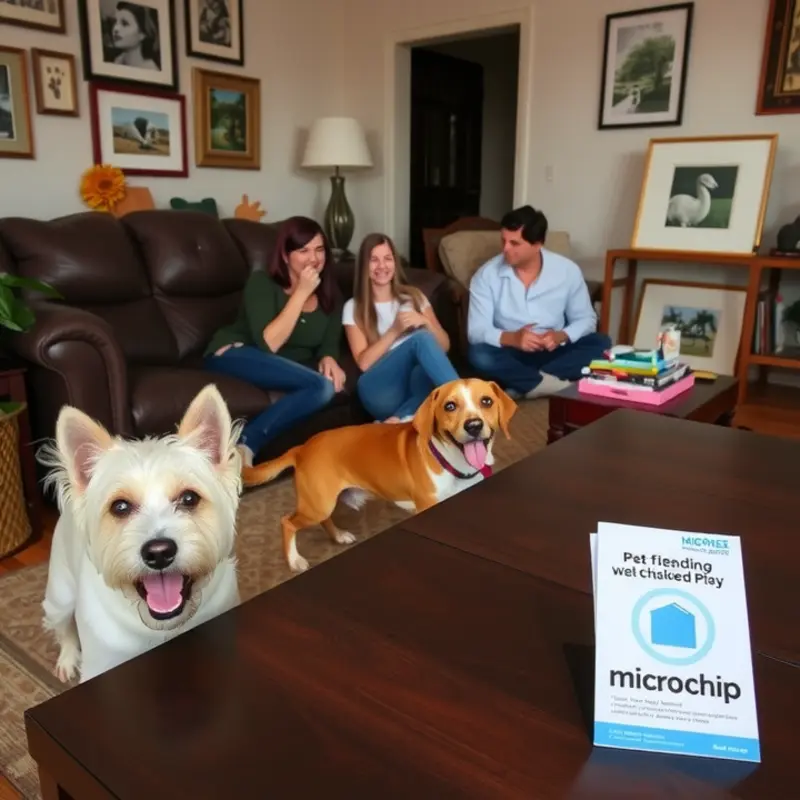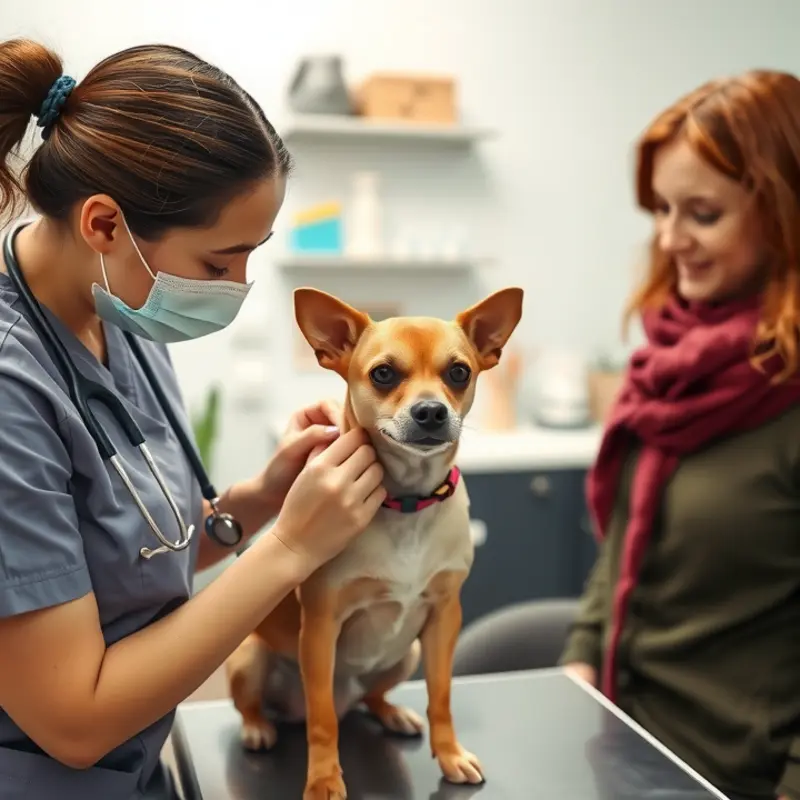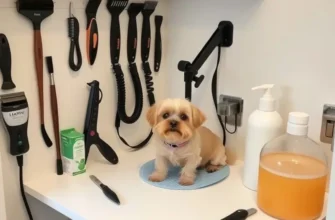Finding a pet-friendly apartment is an important step for families, couples, and renters seeking a cozy space that welcomes their furry friends. However, ensuring your pets’ safety goes beyond just finding the right apartment. Microchipping your pet plays a crucial role in safeguarding their well-being. Just imagine losing your beloved cat or dog; it can be a heart-wrenching experience. Microchipping not only increases the chances of a happy reunion, but it also provides a sense of security for pet owners. This guide will walk you through essential tips and steps to microchip your pets for added safety, particularly in apartments where outdoor access may be limited. Keep reading to discover how simple steps can make a big difference for your family and your pets.
Understanding Microchipping: What Every Pet Owner Should Know

Microchipping your pet is a simple yet crucial step every pet owner should consider, especially if you reside in an apartment. A microchip is a small device, about the size of a grain of rice, implanted under your pet’s skin. This chip contains a unique identification number that can be read by a scanner. Unlike a collar or tag, which can easily be lost or removed, a microchip provides a permanent form of identification.
Why Microchipping is Essential in Apartment Settings
Apartment living often means sharing close living quarters with many neighbors. Multifamily units can be a challenging environment for pets, who may slip out through open doors, take advantage of guests’ comings and goings, or become startled by unfamiliar sounds. Microchipping ensures that if your pet does wander off, they can be quickly reunited with you once found.
Pet-friendly apartments might advertise their amenities, but it’s crucial to take extra steps to protect your furry companions. A microchip provides peace of mind, knowing your pet carries a link back to you, irrespective of changes in collars or addresses.
Benefits for Families and Renters
Families and renters in apartments often deal with unique challenges. Young children might inadvertently leave doors open, or guests might not be as mindful of your pet. Microchips act as an additional layer of security. They ensure that, even in busy or chaotic moments, your pet’s safety is never compromised.
Furthermore, in the event of a natural disaster or evacuation, microchipped pets stand a higher chance of being reunited with their owners. Many shelters and veterinary offices are equipped with microchip scanners, making it easier for them to identify where a lost animal belongs.
Renters moving between apartments will find microchipping particularly beneficial. As address changes are made, the microchip information can be updated quickly through a simple online process, unlike physical tags that need to be replaced. This integration makes the transition between homes smoother for your pets.
Avoid Potential Stress
The urban lifestyle can sometimes cause stress for both pets and owners. Implementing preventive measures such as microchipping can alleviate some concerns. By ensuring your pet is microchipped, you provide them with a silent guardian, ready to speak for them should they lose their way.
Family gatherings, which may involve children and new faces, introduce more ways for pets to slip away unnoticed. In such dynamic settings, peace of mind is invaluable. If you’re still learning ways to maintain a safe and comforting environment for your pets, exploring options like apartment pet-odor removal can enhance your pet-friendly living space.
Microchipping is not just about safety; it’s about creating a lifestyle where your pet feels secure and loved. It’s a small investment for a vast sense of security in the bustling environment that apartment living often presents.
Step-by-Step Guide to Microchipping Your Pets

Microchipping your pet is a crucial step in ensuring its safety, particularly in apartment living. To start, selecting the right veterinarian is key. Look for a vet with good reviews and experience in microchipping. You can also ask for recommendations from pet-owning neighbors or friends.
Once you choose a vet, schedule a consultation to discuss the microchipping process. During the consultation, the vet will explain the procedure. This involves inserting a small chip, about the size of a grain of rice, under your pet’s skin. Typically, it’s placed between the shoulder blades. The procedure is quick and causes minimal discomfort to your pet.
Before the procedure, verify that the microchip is ISO standardized. This ensures compatibility with various microchip scanners. Your vet will provide this information during the consultation. Also, ask about any specific aftercare requirements to ensure your pet’s comfort post-procedure.
On the day of the microchipping, keep your pet calm and comfortable. Bring along their favorite toy or blanket for reassurance. The actual insertion only takes a few seconds, but staying calm helps both you and your pet. Afterward, monitor your pet for any signs of discomfort or rare allergic reactions.
Once your pet is microchipped, the next important step is registration. Ensure your contact information is accurate and complete in the microchip database. This acts as a virtual ID for your pet. Many online pet registration sites provide free services, but always confirm their credibility.
It’s equally important to keep your microchip information updated. Whenever you change your address or phone number, update the records promptly. Doing so ensures that you remain reachable if someone finds your pet. Keeping up-to-date records is particularly vital for renters who might move more frequently.
Lastly, learn how to maintain the microchip itself. While microchips generally require no maintenance, regular visits to your vet can confirm its functionality. During annual checkups, request a scan to ensure that the microchip is working properly.
Consider exploring other aspects of maintaining an apartment that supports pet safety. For instance, read about apartment pet odor removal to create a fresh and inviting space for both you and your pet. Combining such resources with diligent microchip maintenance enhances your overall apartment pet-care strategy.
By following these steps, you secure peace of mind knowing that your pet has a greater chance of being returned if lost. Microchipping is a small investment in time and resources that offers a lifetime of security for your furry friend.
Final words
Microchipping your pet is more than just a trend – it’s an indispensable safety measure for families, renters, and pet lovers alike. By understanding the necessity and following the simple steps to microchip your furry friends, you gain peace of mind knowing you can reunite with them should they wander away. A pet-friendly apartment can be a wonderful home for all, and ensuring that your pets are microchipped will enhance your family’s overall sense of security and comfort. Remember, a little bit of forethought can lead to a lifetime of safety and joy for both your furry companions and your family.









